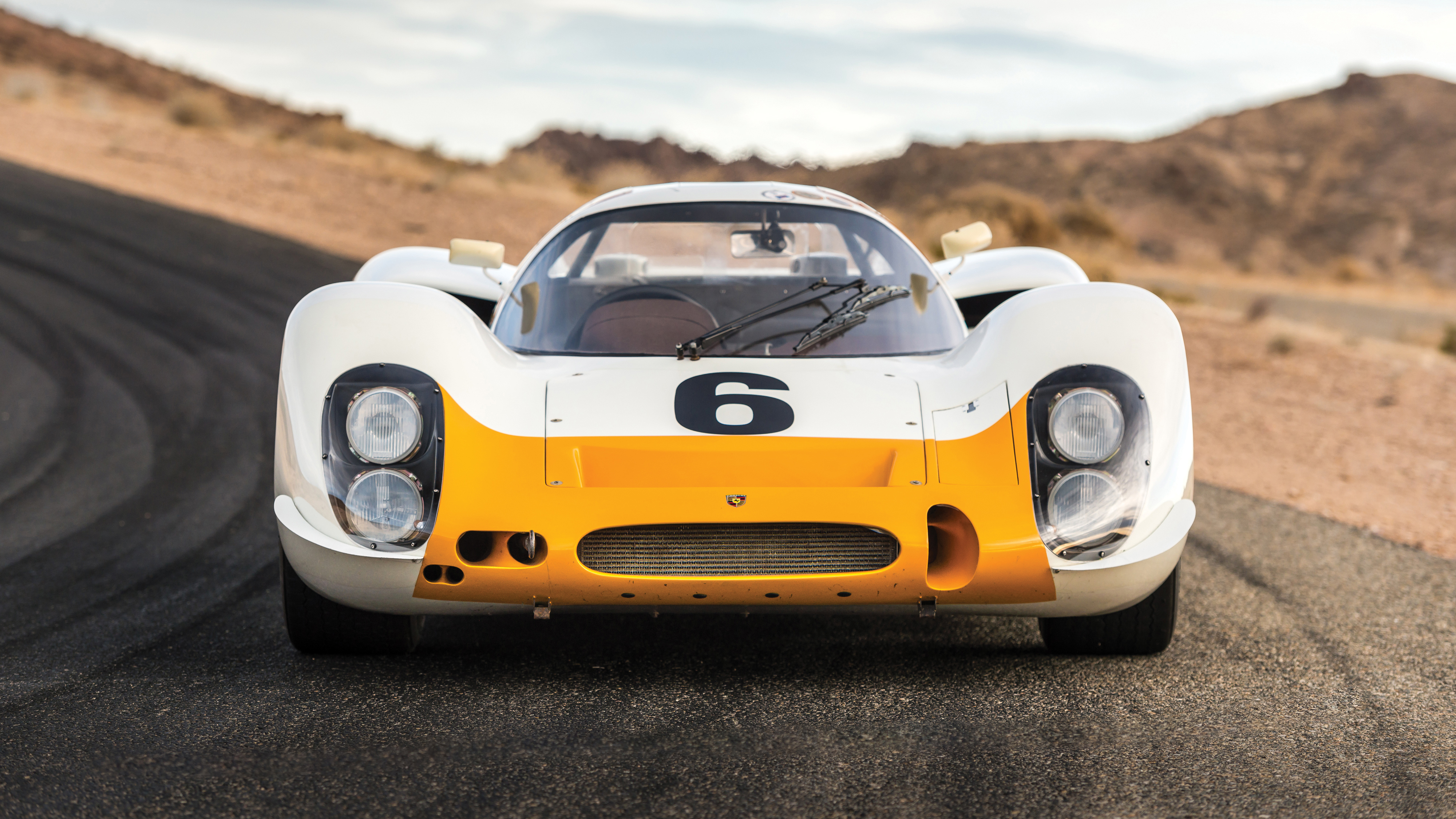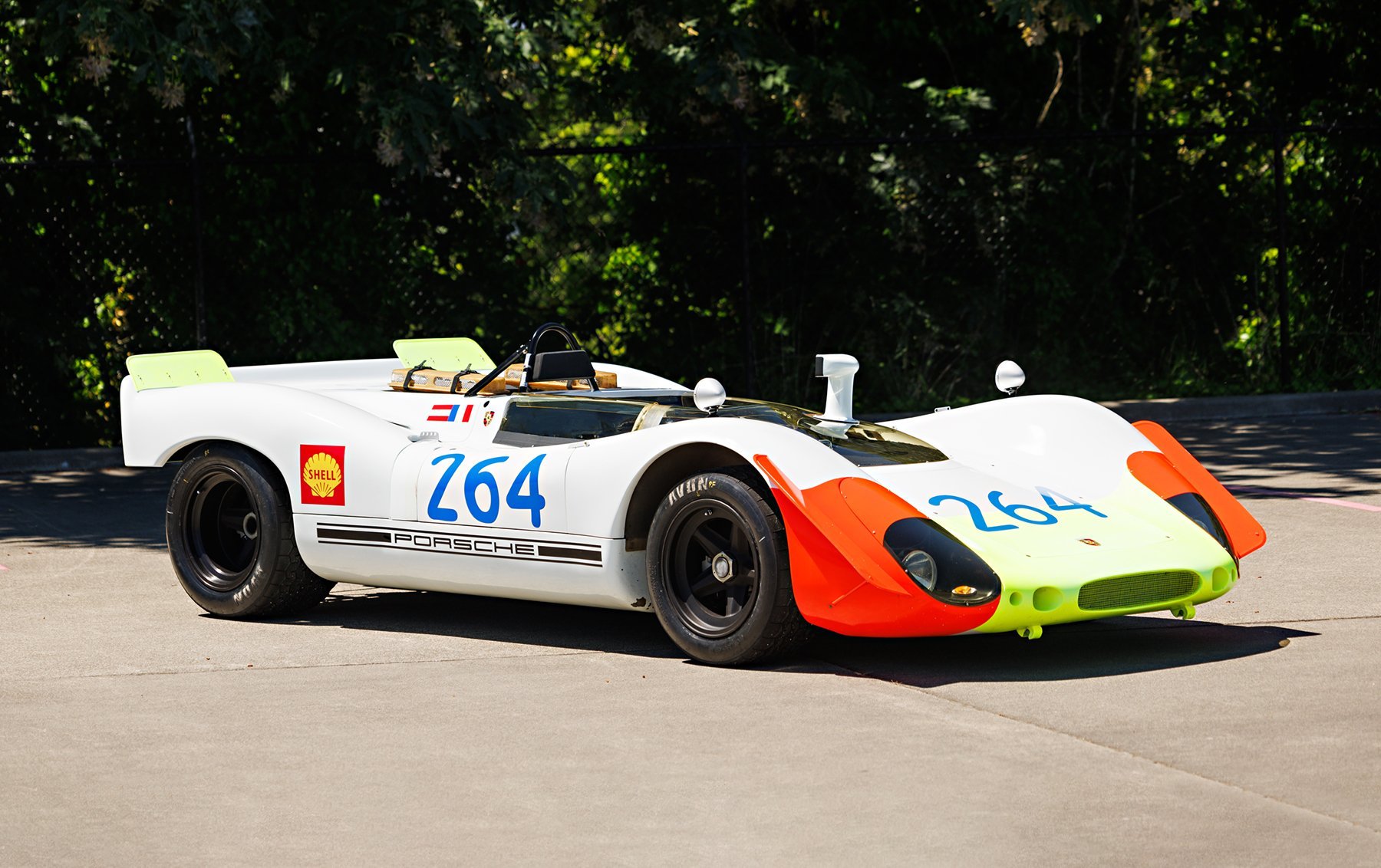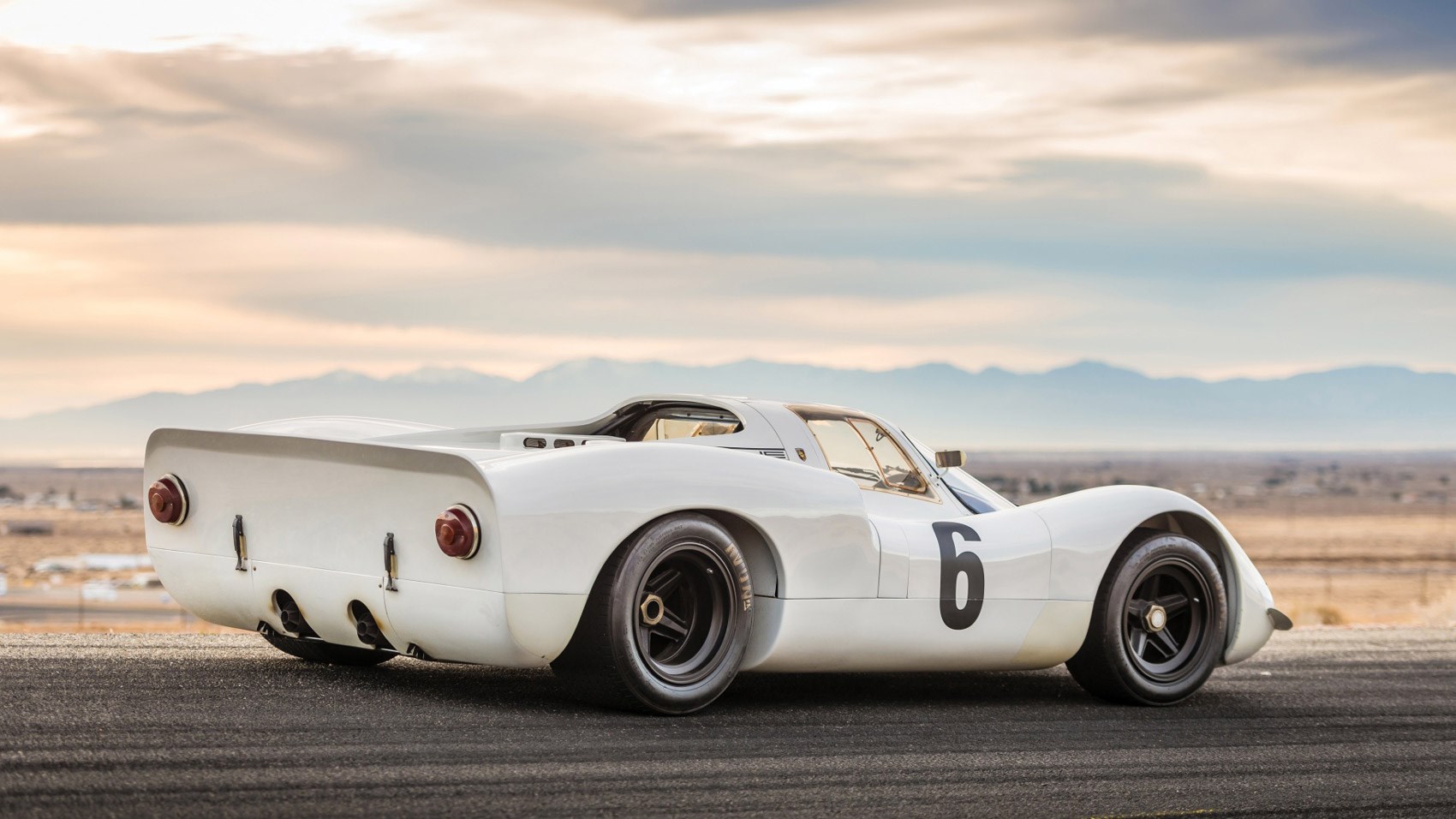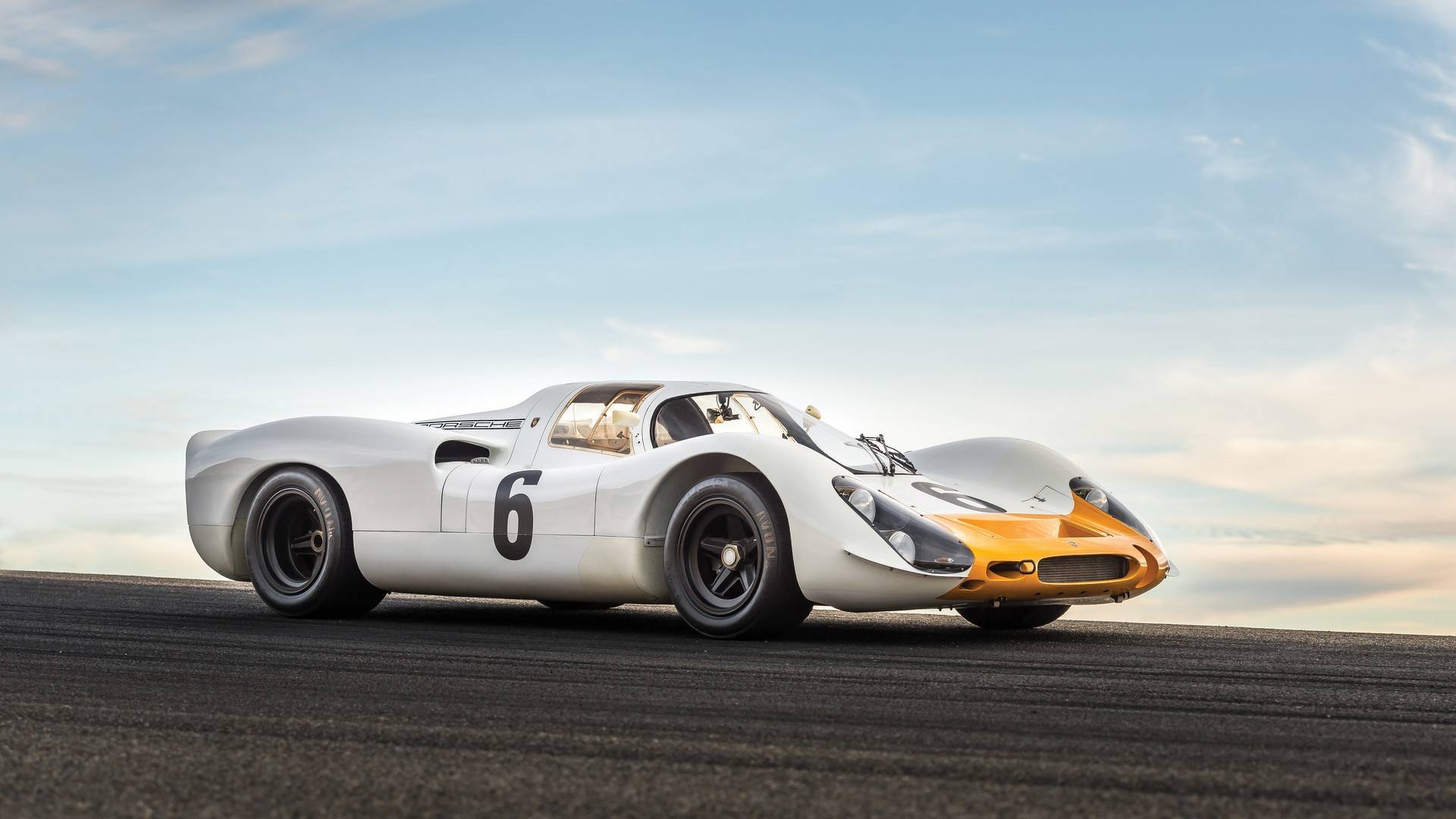The Legendary Porsche 908: A Deep Dive Into Its Iconic History
Share

The Porsche 908 is more than just a racing car; it is a cherished emblem of automotive engineering and racing heritage. Introduced in the mid-1960s, the 908 was born out of Porsche's commitment to competing at the highest levels of motorsport. This lightweight sports car quickly garnered attention, thanks to its striking design, powerful performance, and impressive achievements on the track. In this article, we will explore the Porsche 908's history, technical specifications, and its lasting impact on the automotive world.
Origins of the Porsche 908

The Porsche 908 made its debut in 1968, primarily to comply with the FIA's new Group 6 regulations. These regulations allowed manufacturers to create lightweight prototypes, tapping into advancements in aerodynamics and materials. The car was designed to be versatile, with the capability to compete in endurance races, including the prestigious 24 Hours of Le Mans and the Can-Am series.
The 908's spirit was defined by its modular design. Its distinct feature was a lightweight aluminum monocoque chassis, ensuring minimal weight without sacrificing rigidity. This engineering marvel provided the foundation for competitive racing and laid the groundwork for future Porsche prototypes.
Power and Performance

Under the hood, the Porsche 908 was equipped with a flat-eight (horizontally opposed) engine, a design that allowed for a low center of gravity, which significantly enhanced handling and stability. The engine gave an output ranging from 270 to 350 horsepower, depending on the variant and modifications. What's more, the unique flat engine configuration contributed to the 908's remarkable balance and weight distribution.
The 908 also featured a long-tail and short-tail variant. The long-tail version excelled in high-speed circuits, like Le Mans, where aerodynamic efficiency allowed it to slice through the air seamlessly. Meanwhile, the short-tail variant was built more for acceleration and agility on twisty tracks. This duality made the Porsche 908 exceptionally versatile and competitive.
Racing Pedigree

Racing enthusiasts revere the Porsche 908 for its illustrious competition history. The car made an immediate impact in its debut season, showcasing its prowess at various international races. One of the most memorable victories was at the 1969 24 Hours of Le Mans, where the 908 took the overall win. Raced by the legendary drivers Hans Herrmann and Richard Attwood, this victory solidified Porsche's unwavering presence in endurance racing.
Furthermore, the Porsche 908 continued to dominate throughout the late 1960s and early 1970s, thriving in series such as the Can-Am with its powerful engine and a lightweight frame. Many racing legends pedaled the 908, including Bruce Jennings, Jo Siffert, and Pedro Rodríguez, all of whom showcased their skill and the machine's remarkable capabilities.
Design and Aerodynamics

The design of the Porsche 908 is often regarded as one of the most iconic racing car aesthetics. With its low, wide stance, elongated nose, and signature Porsche headlights, the 908 is a stunning sight on and off the track. Each curve and contour was meticulously crafted to enhance both aerodynamic performance and visual appeal.
The engineers at Porsche paid special attention to reducing drag and improving downforce. This was crucial, particularly for endurance races like Le Mans, where speed with stability was vital. The long-tail variant featured an extended rear end, which enabled better airflow and reduced turbulence. Meanwhile, the short-tail variant provided quick responsiveness, particularly suited for twisty circuits.
Influence and Legacy
The impact of the Porsche 908 extends far beyond its racing achievements. This significant prototype influenced the design and development of future Porsche vehicles, particularly in the realm of performance-oriented road cars. Elements of the 908's design cues can be seen in later models, such as the legendary Porsche 917, which further solidified Porsche's reputation in motorsport.
Even today, the Porsche 908 is celebrated in various car shows and classic car events, where enthusiasts pay tribute to its engineering brilliance and racing legacy. Collectors are keen on acquiring models of the 908, recognizing its historical value and the prestige associated with it.
Conclusion: A Timeless Icon
The Porsche 908 is an everlasting testament to automotive innovation and racing excellence. Its lightweight design, potent performance, and adaptive versatility made it a formidable contender on the track. With iconic victories, remarkable engineering, and stunning aesthetics, the 908 remains embedded in the hearts and minds of Porsche enthusiasts and car aficionados around the globe.
From endurance races to collector's garages, the legacy of the Porsche 908 continues to thrive. As we reflect on its remarkable history, it becomes evident that the 908 is not just a racing car; it is a symbol of Porsche's commitment to excellence and a cornerstone of its storied legacy in motorsport. If you're a fan of classic racing cars, the Porsche 908 undoubtedly deserves a place on your must-see list!